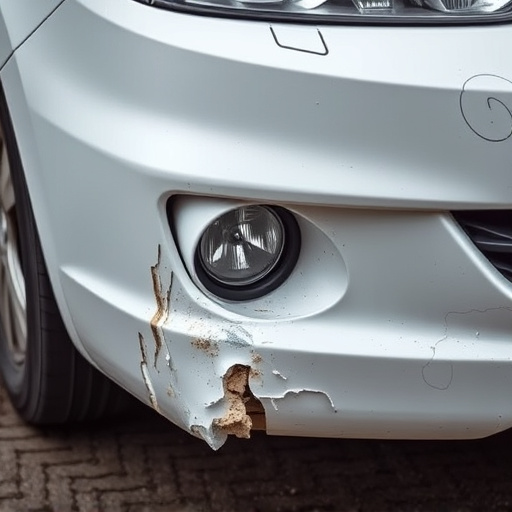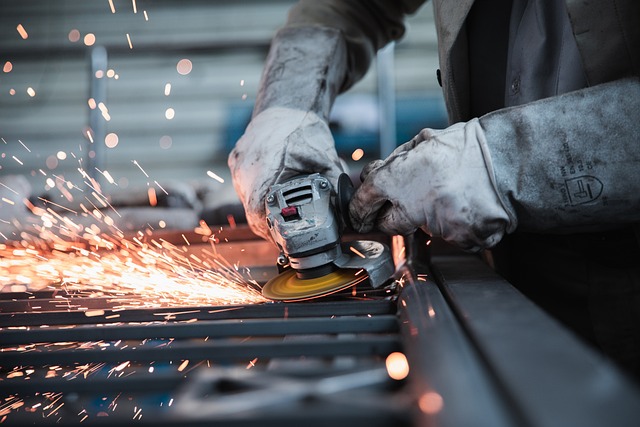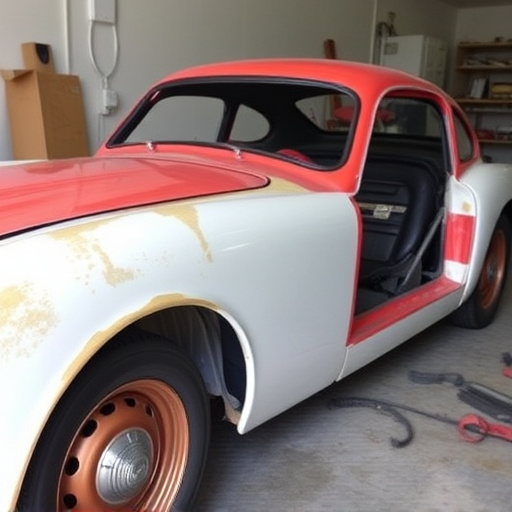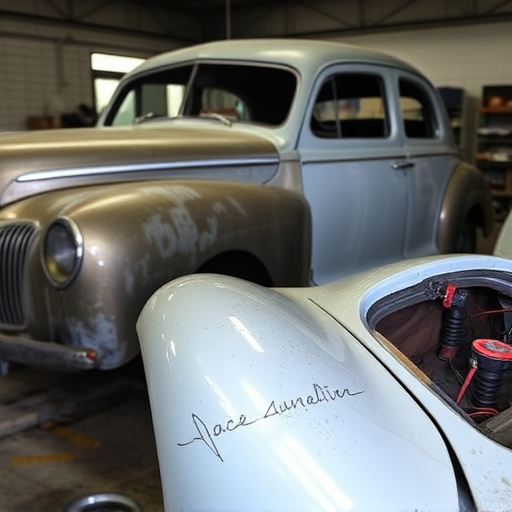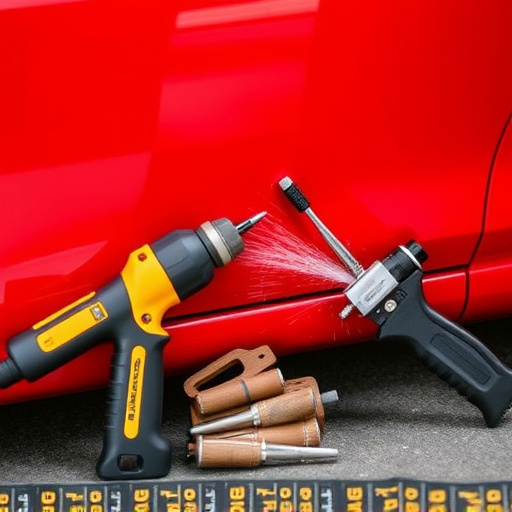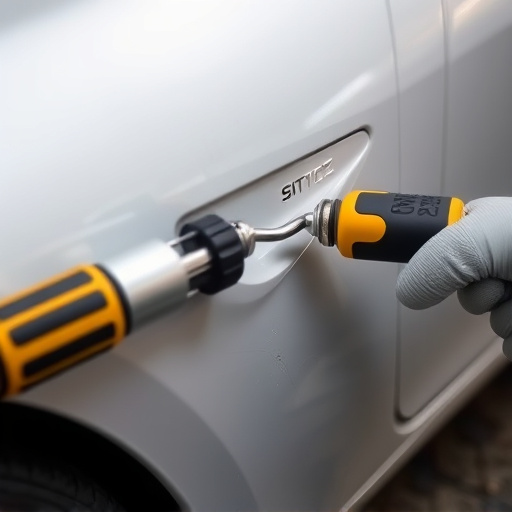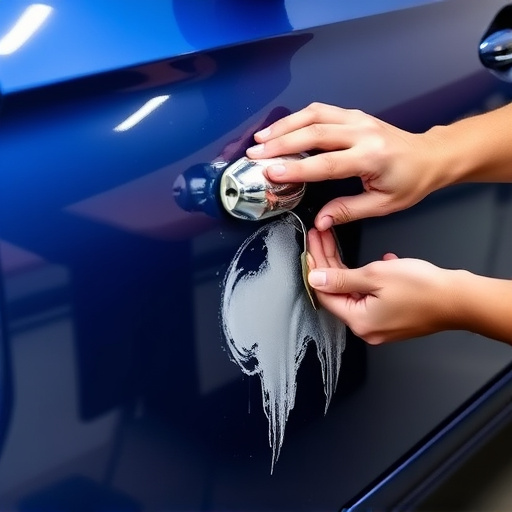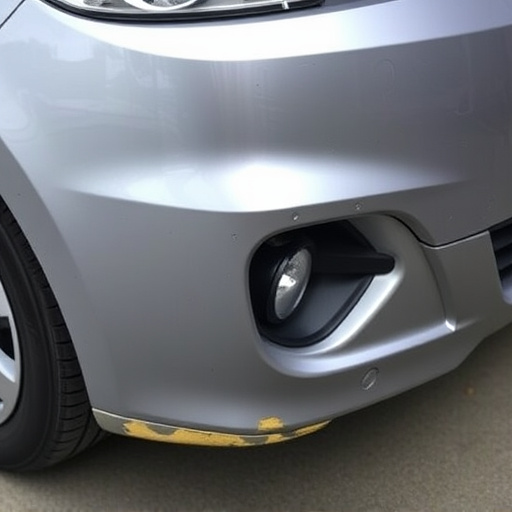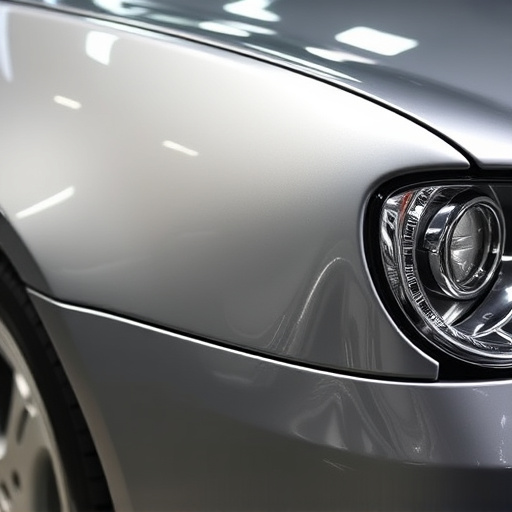Tesla safety cell restoration is crucial for maintaining structural integrity and vehicle longevity. This involves meticulous inspection, precise dent repair, corrosion prevention, and treatments to protect against moisture intrusion. Regular underbody treatment, strategic parking, and sealing seams enhance structural stability, ensuring optimal performance, enhanced safety, and higher resale value.
“Discover the secrets behind Tesla’s iconic Safety Cell structure and learn how to restore and protect it from corrosion. This comprehensive guide delves into the intricate design that makes Teslas so safe, offering a detailed roadmap for restoration and long-term prevention. From identifying corroded components to implementing effective solutions, we provide proven steps to ensure your Tesla’s safety cell remains in top condition. Maximize your vehicle’s longevity and performance with these expert tips on Tesla safety cell restoration.”
- Understanding Tesla's Safety Cell Structure
- Restoring Corroded Components Effectively
- Long-Term Prevention Strategies for Corrosion
Understanding Tesla's Safety Cell Structure
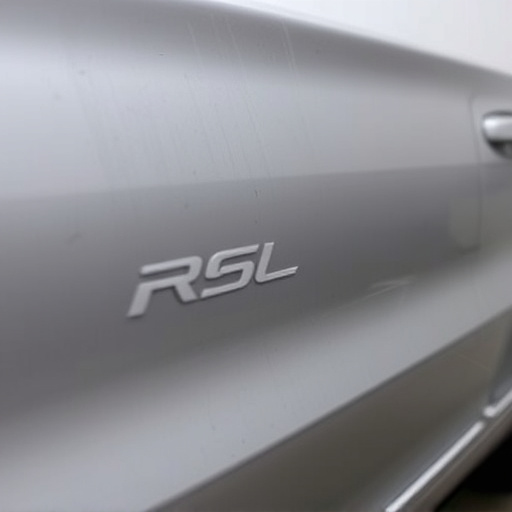
Tesla’s Safety Cell is a revolutionary design feature that sets their vehicles apart in terms of crash safety and structural integrity. This innovative structure is a key component in Tesla’s commitment to enhancing vehicle security. Comprising a complex network of high-strength steel and lightweight materials, the Safety Cell is meticulously engineered to absorb and distribute impact energy during collisions, protecting both the occupants and the vehicle’s sensitive electronics.
Restoring and maintaining this critical system requires specialized attention. The process involves meticulous inspection for any signs of damage or corrosion, followed by precise dent repair and car paint repair techniques. By addressing even minor issues early on, owners can ensure that the Safety Cell remains optimal, enhancing the overall safety and resale value of their Tesla vehicles. Effective corrosion prevention methods are also crucial to maintaining this structural integrity over time, guarding against potential car scratch repairs that could compromise the Safety Cell’s performance.
Restoring Corroded Components Effectively
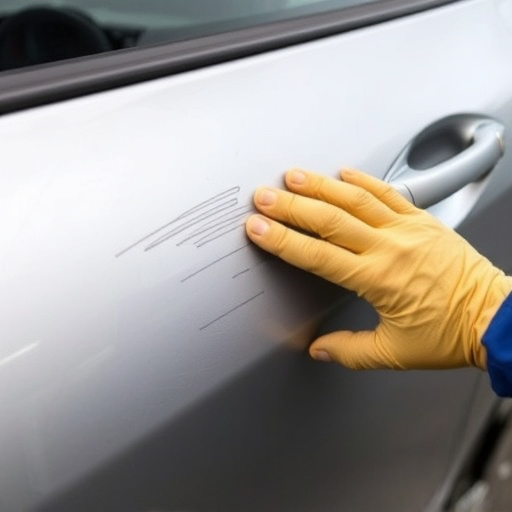
Restoring corroded components is a crucial step in Tesla safety cell restoration, ensuring the vehicle’s structural integrity and longevity. The process involves careful inspection to identify the extent of corrosion, followed by meticulous removal of the affected areas. Professional car bodywork services often employ specialized tools and techniques to strip away damaged or weakened metal, revealing the healthy underbody. This meticulous attention to detail is key to achieving a robust restoration.
Once the corroded sections are exposed, targeted treatments come into play. Anti-corrosion coatings and primers are applied to create a protective barrier, shielding the metal from future moisture intrusion. After drying, skilled technicians use precision welding or specialized bonding agents to rejoin the components, reinforcing weak points without compromising structural stability. This comprehensive approach ensures that corroded areas are not just covered but fully restored, contributing to the vehicle’s overall safety and reliability. Additionally, services like tire replacement and auto glass replacement can complement these restoration efforts, addressing other critical safety aspects of the Tesla’s safety cell.
Long-Term Prevention Strategies for Corrosion
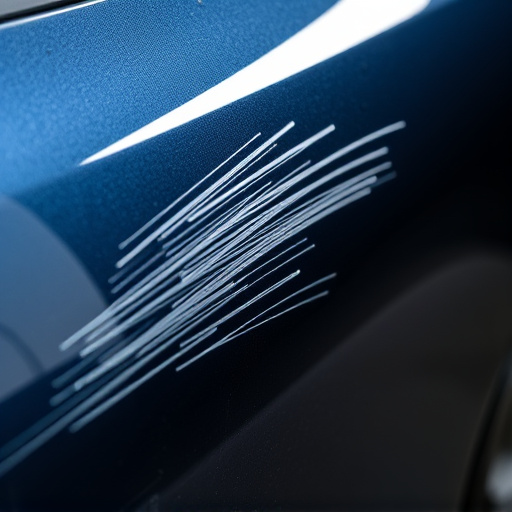
To ensure a Tesla safety cell’s longevity against corrosion, implementing robust long-term prevention strategies is paramount. Beyond routine washing and waxing, addressing potential entry points for moisture and salts—common catalysts for rust—is essential. This involves meticulous inspection of seams, joints, and gaps around doors, hood, and trunk, sealing them with high-quality silicones or sealants.
Regular underbody treatment with corrosion-inhibiting products is another key step in luxury vehicle repair. In addition to protecting against road salt and other corrosive substances, this practice significantly delays the onset of rust, a critical aspect of collision damage repair. By combining these measures with careful parking in dry, shaded areas, owners can substantially extend their Tesla’s safety cell lifespan, preserving its structural integrity for years to come.
Tesla’s innovative Safety Cell structure requires proper care and maintenance to ensure its longevity. By understanding the unique design and implementing effective restoration techniques for corroded components, owners can extend the life of their vehicles. Additionally, adopting long-term corrosion prevention strategies will safeguard against future damage, ensuring your Tesla remains in optimal condition for years to come. Through diligent care, you can preserve the integrity of this groundbreaking automotive technology.
